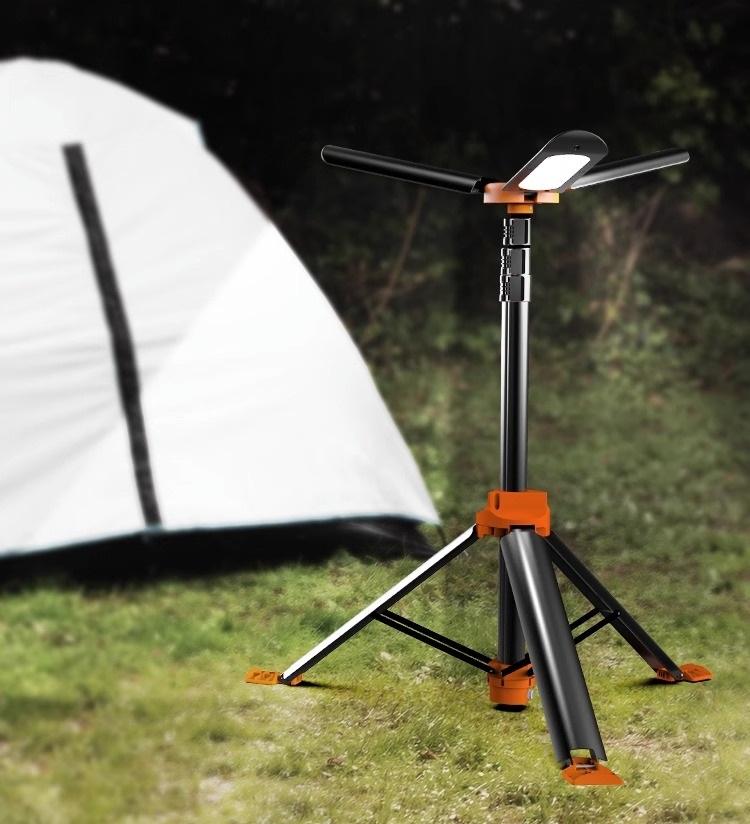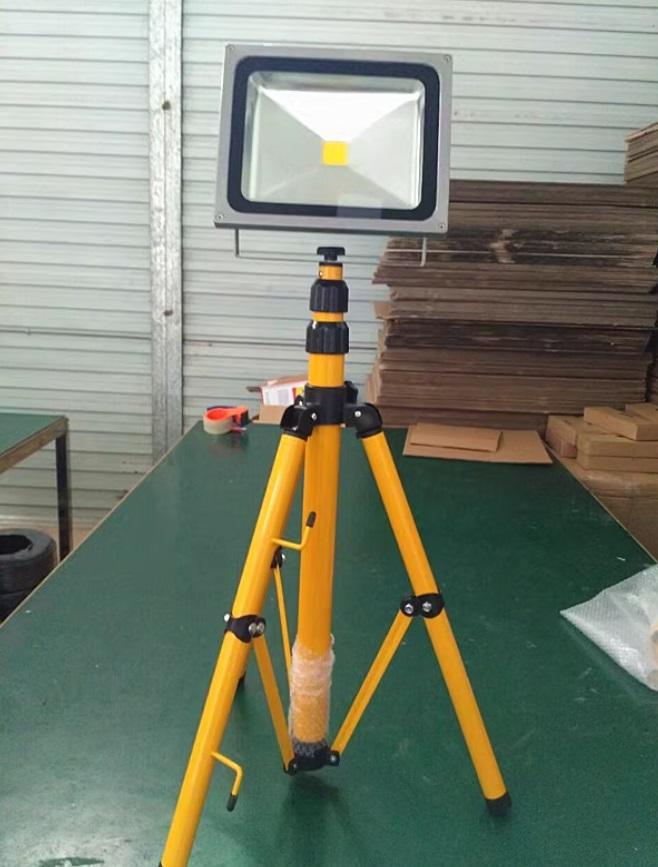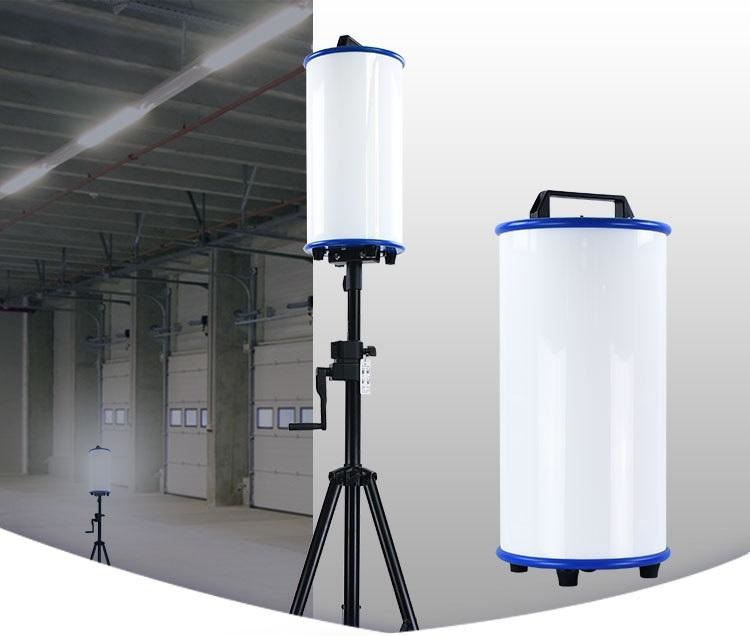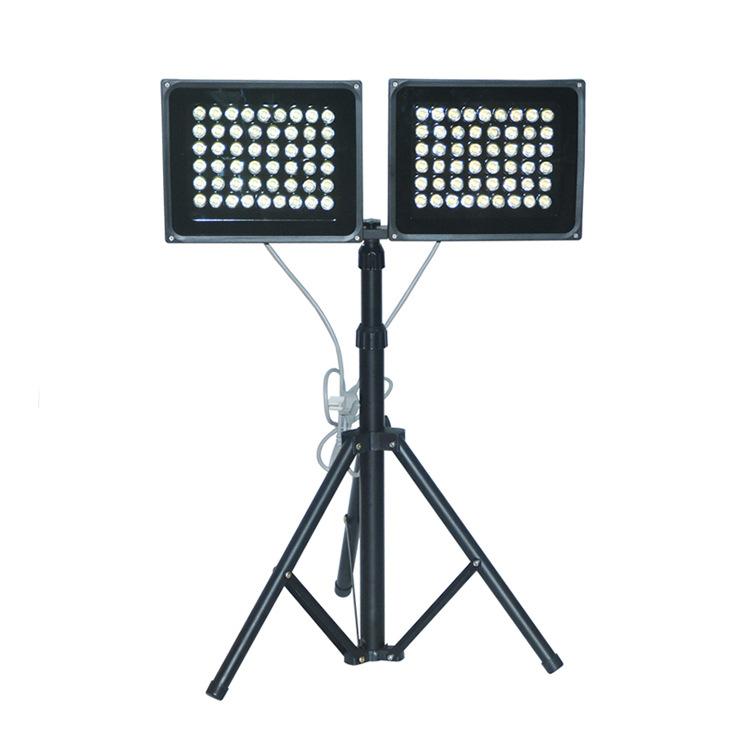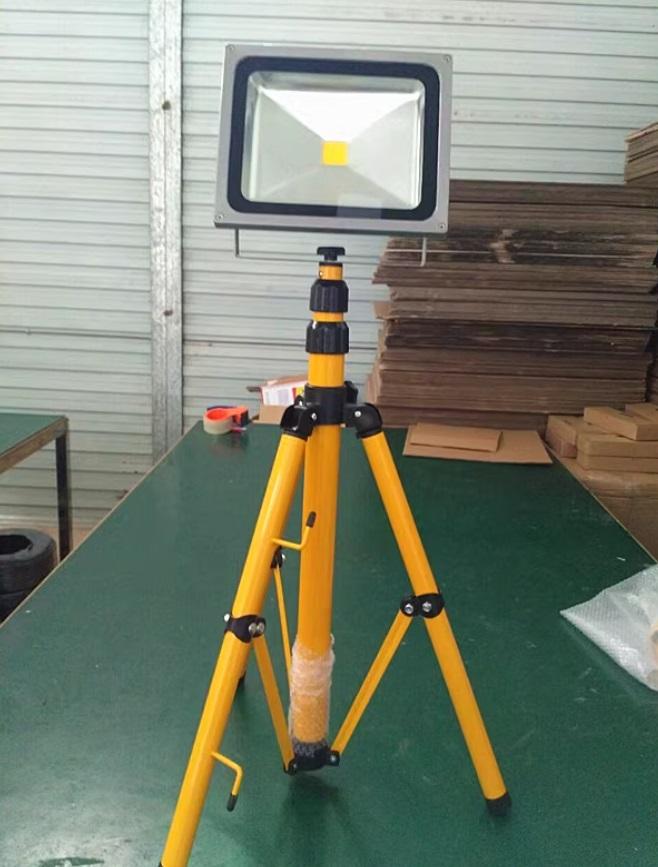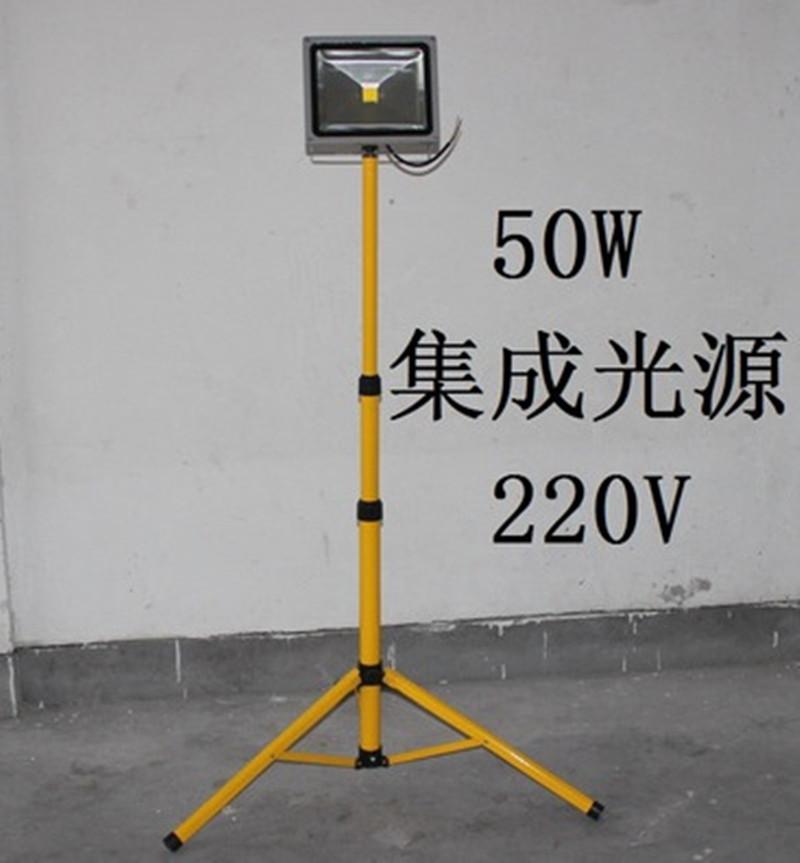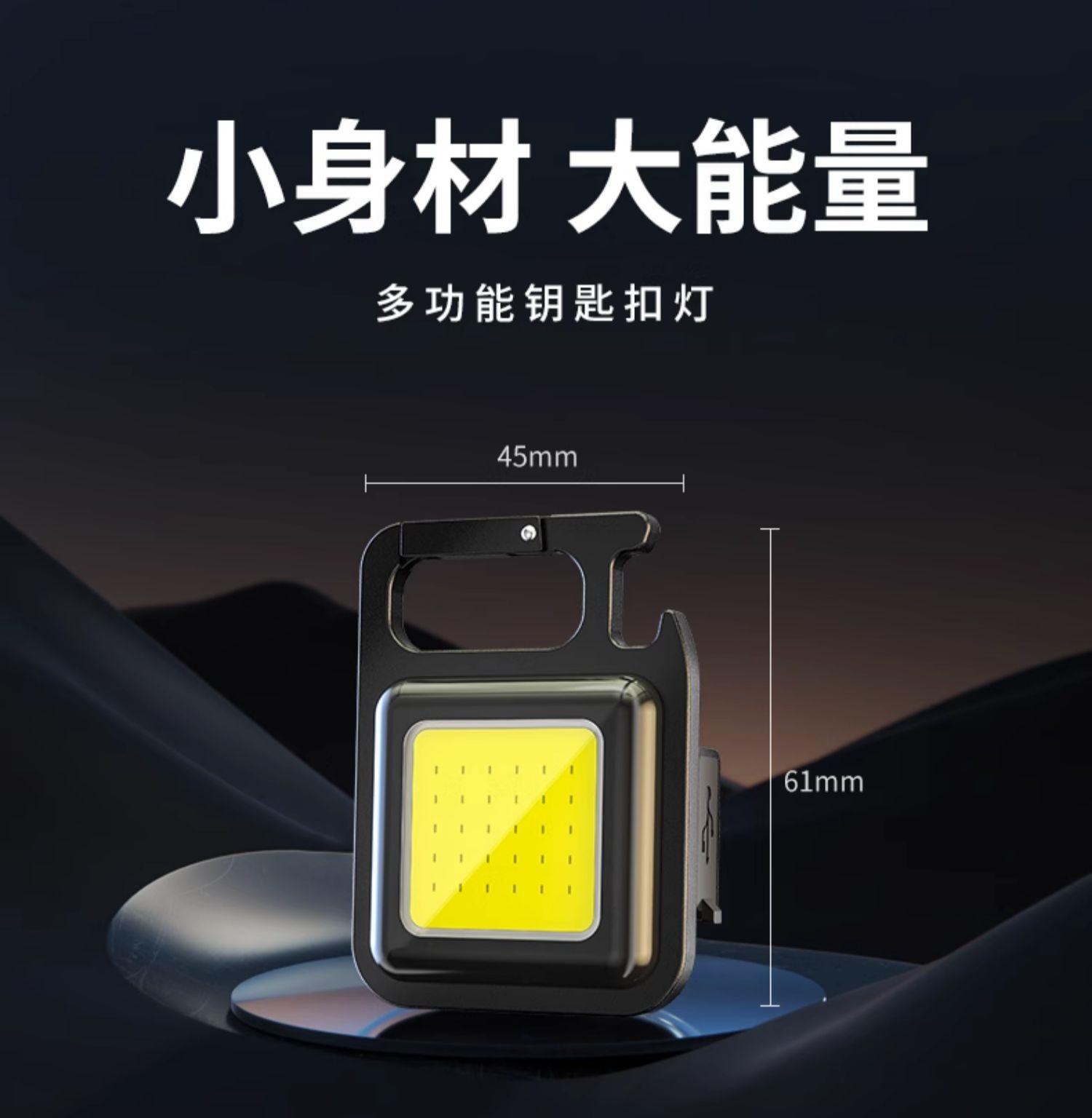A tripod work light is a versatile tool used to hold and direct light, offering a stable and stable platform for various tasks.
This article discusses the various features of a tripod work light.
What is a tripod work light?
A tripod work light is a portable lighting solution that combines a work light with a built-in tripod stand. It is designed to provide illumination in various work environments, such as construction sites, workshops, outdoor projects, and other applications where additional lighting is required.
Features of a tripod work light
Key features of a tripod work light include:
- Integrated tripod stand. The work light is mounted on a sturdy tripod stand, providing stability and allowing you to position the light at different heights and angles as per your specific lighting requirements.
- Adjustable height and tilt. The tripod stand typically offers adjustable height options, allowing you to extend or collapse the legs to achieve the desired light placement. Additionally, the light itself may offer tilting capabilities, so you can adjust the angle of the light beam.
- Bright and efficient lighting. Tripod work lights often utilize high-intensity bulbs or LED lights to provide bright and efficient illumination. These lights can deliver a wide coverage area and offer various brightness settings to suit different tasks and environments.
- Portability and convenience. Many tripod work lights are designed to be portable and easy to transport. They often feature collapsible tripod legs and lightweight materials, making them convenient for on-the-go usage and quick setup at different work locations.
- Durability and weather resistance. Work lights intended for outdoor use are often built to withstand harsh conditions. They may feature rugged construction, waterproofing, and impact resistance to endure the demands of work environments.
What are the cons of tripod work light?
Tripods are versatile tools that offer stability and versatility, but they also have some drawbacks.
Tripod work lights are fixed in one location, making them less flexible and harder to reposition in dynamic work environments. They are bulkier and less portable due to their tripod base, making them more cumbersome to transport and set up.
Tripods can also pose stability issues, such as tipping over on uneven surfaces. The limited reach of tripod work lights is limited by the length of the legs, making it difficult to illuminate hard-to-reach areas or overhead spaces.
Additionally, tripod legs can sometimes obstruct the work area, especially in cramped or confined spaces. Setting up a tripod work light takes more time than placing a freestanding light in the desired location. Tripod work lights are also more expensive than basic handheld or freestanding work lights due to the tripod mechanism.
Lastly, tripod work lights are primarily designed for stationary use, making them less versatile than other portable work lights.
Can a tripod be used as a light stand?
Tripods can be used as a light stand, but they are not the ideal solution due to their different design purposes.
Tripods are optimized for stability, while light stands prioritize adjustability and height for positioning lights. They typically have a lower maximum height, limiting light positioning options. Tripods have a three-legged design for excellent lateral stability, while light stands have a single central column for easier height adjustments. Using a tripod as a light stand may require adapters or modifications, and stability can be affected by heavier lights or windy conditions. Some tripods have a reversible mounting stud, making them easy to convert into a light stand.
Dedicated light stands or C-stands are generally recommended for optimal flexibility, height, and stability when positioning lights for photography or video.
What is the difference between a light stand and a tripod?
The main differences between using a work light with a light stand versus a tripod are:
Height and Adjustability
Light stands are designed to provide greater maximum height compared to tripods, allowing for better overhead positioning of work lights.
Light stands offer easier height adjustment by extending the central column, while tripods require adjusting each individual leg.
Stability
Tripods provide superior stability due to their wide, three-legged base, making them more suitable for heavier work lights.
Light stands with a single central column are more prone to tipping, especially with heavier lights, so sandbags or weights are often needed for stability.
Portability
Light stands are generally more compact and lightweight than tripods, making them more portable for work sites.
However, adding sandbags or larger bases to light stands can negate this portability advantage.
Footprint and Positioning
Light stands have a smaller footprint, allowing them to fit in tighter spaces compared to the spread-out legs of tripods.
Tripods may offer better positioning options in certain situations due to their multi-leg design.
While tripods can be used with work lights in a pinch, dedicated light stands are better optimized for adjustability, overhead positioning, and portability when working with lights on job sites or in workshops. However, tripods provide superior stability, especially for heavier lighting setups.
When should a tripod not be used?
Tripod work lights should not be used in tight or cramped spaces, as their three-leg design makes them difficult to set up and position. They are less convenient for jobs requiring frequent repositioning, such as construction or automotive work. Tripods are better suited for overhead or elevated lighting needs, as they offer greater maximum height. They may not be as stable on uneven or unstable surfaces as dedicated work light stands, and may not be suitable for heavy-duty or high-intensity work lights.
In general, tripod work lights are best suited for situations requiring portability, stability, and consistent lighting positions.
